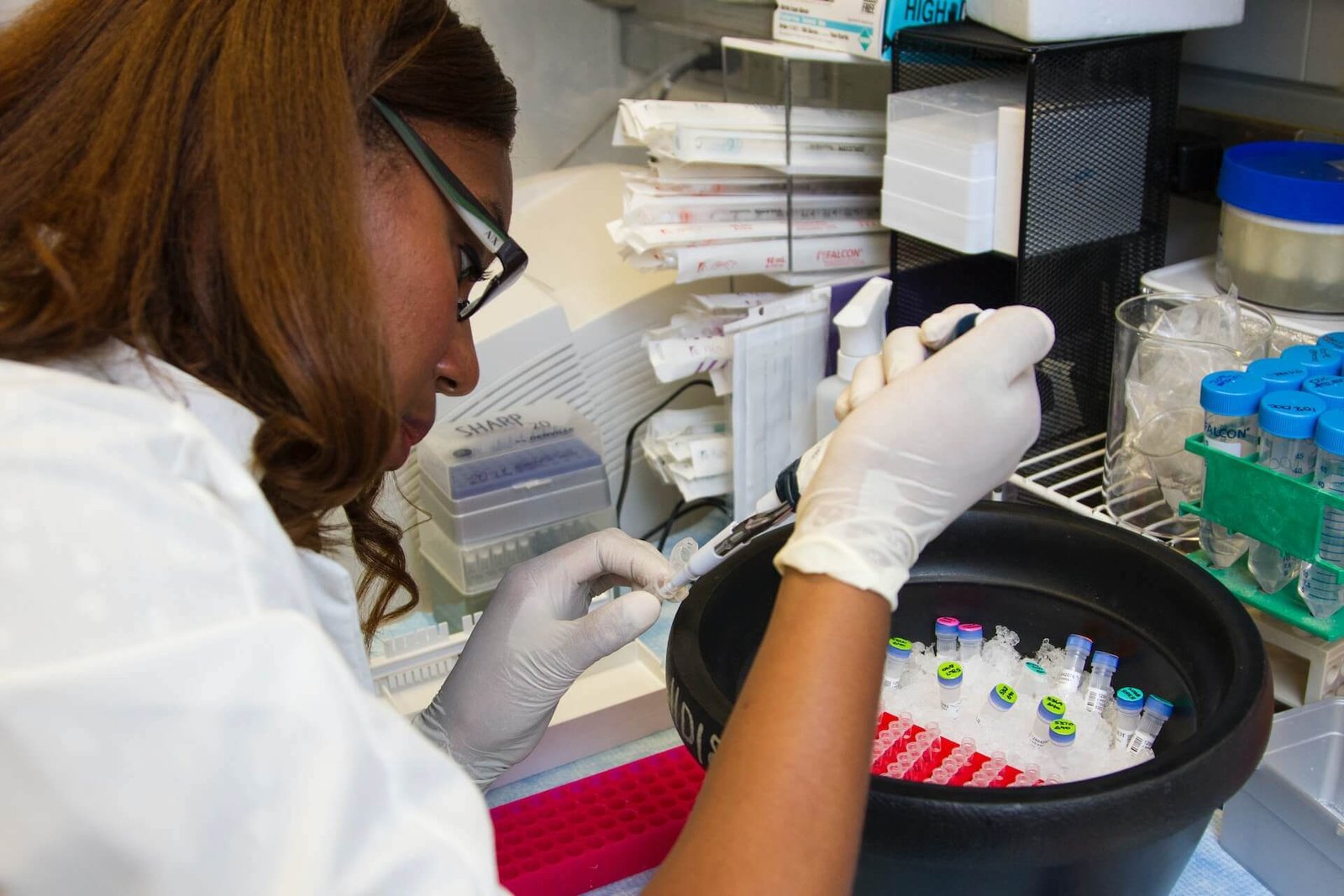In the labyrinth of scientific research, biological storage stands as a sentinel, guarding invaluable biological specimens. With technology advancing at a rapid pace, today’s solutions offer unprecedented precision, safety, and efficiency. Dive into this exploration of the latest advancements and understand the integral role they play in modern science.
Table of Contents
- The Bedrock of Biological Research: Why Storage Matters
- The Pinnacle of Modern Storage: Advancements in Technology
- The Balance of Cost and Efficiency
- Potential Pitfalls in Biological Storage
- Choosing the Right Storage Solution
- Peering into the Future: Upcoming Innovations
1. The Bedrock of Biological Research: Why Storage Matters
Biological samples, whether DNA, tissues, or cell cultures, serve as the foundation for myriad research projects. Preserving their integrity is paramount for accurate results.
Statistic: Over 1.2 million biobanks globally store biological samples for research purposes.
2. The Pinnacle of Modern Storage: Advancements in Technology
- Ultra-Low Temperature Freezers: These offer temperatures as low as -86°C, ensuring long-term storage without degrading sample quality.
- Cryogenic Storage: Utilizing liquid nitrogen, it maintains samples at temperatures below -150°C, ideal for certain sensitive specimens.
- Automated Storage Systems: These reduce human error and increase efficiency through robotic sample retrieval.
- Cloud-Connected Monitoring: IoT-enabled freezers provide real-time data, ensuring optimal conditions are maintained.
3. The Balance of Cost and Efficiency
While advanced systems offer unparalleled efficiency, they come with a significant cost. However, given the invaluable nature of many biological samples, the investment often justifies itself.
Insight: Advanced storage solutions can reduce sample loss rates by up to 80%, translating to significant savings in the long run.
4. Potential Pitfalls in Biological Storage
- Power Failures: The most common cause of sample loss. Modern systems often come with backup power solutions.
- Human Error: Incorrectly stored samples can degrade. Automated systems are reducing this risk.
- Equipment Malfunction: Regular maintenance and monitoring are essential to prevent this.
5. Choosing the Right Storage Solution
- Assess Your Needs: Different samples require different storage conditions.
- Budgeting: Consider both initial costs and long-term operational expenses.
- Scalability: As research expands, can your storage solution grow with it?
6. Peering into the Future: Upcoming Innovations
- AI-Integrated Systems: Predictive maintenance and optimized storage conditions through machine learning.
- Green Solutions: Eco-friendly freezers that consume less power, reducing carbon footprints.
- Decentralized Biobanks: Distributed storage solutions ensuring samples are closer to research sites, minimizing transport risks.

